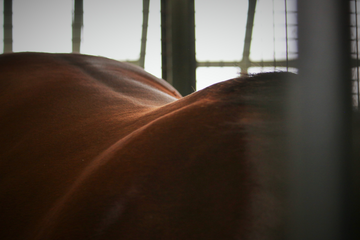Blog

benefab horse blog
Shedding Season: 5 ways to groom for equine health
Spring often marks the beginning of new things. New buds on trees, new songbirds singing...
Read more
Equine Blog
The Language of the Horse
The relationship between horses and people is often one of leader and follower. People set...
Read more
equine
How to Prevent Lameness in Your Horse
It’s every horse owner’s worst nightmare. The moment you watch your horse trot across the...
Read more
benefab
How to Treat a Hoof Abscess at Home
Hoof abscesses are very common in horses. They are the most common reasons behind a...
Read more
Health and Wellness Blogs
How to Fix a Cold Backed Horse
Cold Backed: What is it? When you think of the temperature on the horse's back, it...
Read more
equine wellness
Is Your Horse Stressed?
Just as humans experience stress in situations that are mentally or physically difficult, horses also...
Read more
horse care
Equine Cellutitus
A horse’s nature and their environment can contribute to scrapes, bruises, cuts, punctures, and all...
Read more
horse care
Breed Spotlight: Icelandic Horses
The Icelandic Horse is one of the oldest breeds in the world. The Icelandic Horse,...
Read more
Horse Care
Swamp Fever (EIA)
Equine Infectious Anemia also known as Swamp Fever is a viral disease. This virus attacks...
Read more
Horse Care
Sore Hocks?
The horse's hock joint is one of the hardest working joints of all the joints...
Read more
Horse Care
Preventing Thrush This Spring
Springtime is here! This also means lots of wet and mucky turn out areas are...
Read more
Horse Care
Ways to help your Horse Shed out for Spring
Spring is here! Your horse's winter coats are loosening, and the slick summer coat is...
Read more










